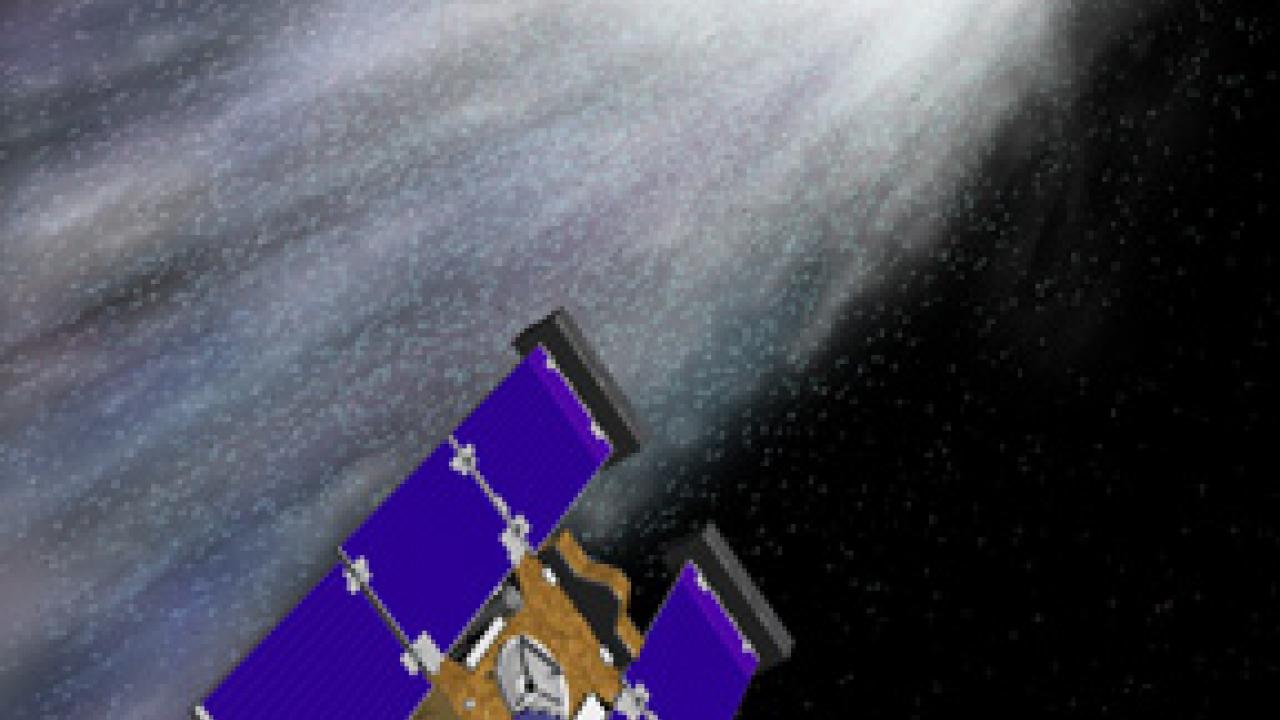New results from the Stardust space probe, which collected dust from the tail of a comet and returned the dust to Earth, show material similar to that found close to the sun rather than pristine material left over from the formation of the solar system.
"They are nice results but not what was expected," said Nigel Browning, a professor of chemical engineering and materials science at UC Davis and a researcher at the Lawrence Livermore National Laboratory. Browning and one of his graduate students, Miaofang Chi, are authors on the paper published in a recent edition of Science.
Comets form in the Kuiper belt, a region of dust and ice in the far reaches of the solar system beyond the major planets. It was thought that the material in the Kuiper belt represents relics from the formation of the solar system. Material that passes through the inner solar system undergoes significant changes as it is "cooked" by the sun.
Chi and Browning's part of the work was to analyze dust particles with powerful electron microscopes at the Livermore lab. Certain crystal structures will form only under particular conditions of heat and pressure, so they could read the history of the dust particles in their structure.
The comet particles collected by Stardust were similar in composition to meteorites from the inner solar system, and unlike cometary dust previously recovered from the upper atmosphere, the researchers found.
"We can use the microscopes to look at very small things, and use them to understand a very large thing, the formation of the solar system," Browning said.
Comet 81P-Wild 2, the target of the Stardust mission, had apparently remained in the far reaches of space until 1974, when it passed close to Jupiter and got pulled onto a course closer to the sun. The Stardust probe was launched in 1999 and flew through the comet's tail in 2004, returning its cargo to Earth in January 2006.
The study's lead authors were Hope Ishii and John Bradley of the Lawrence Livermore National Laboratory. Zu Rong Dai of the Lawrence Livermore lab was another author, along with Browning and Chi.
Media Resources
Dave Jones, Dateline, 530-752-6556, dljones@ucdavis.edu
